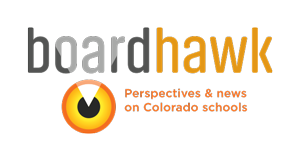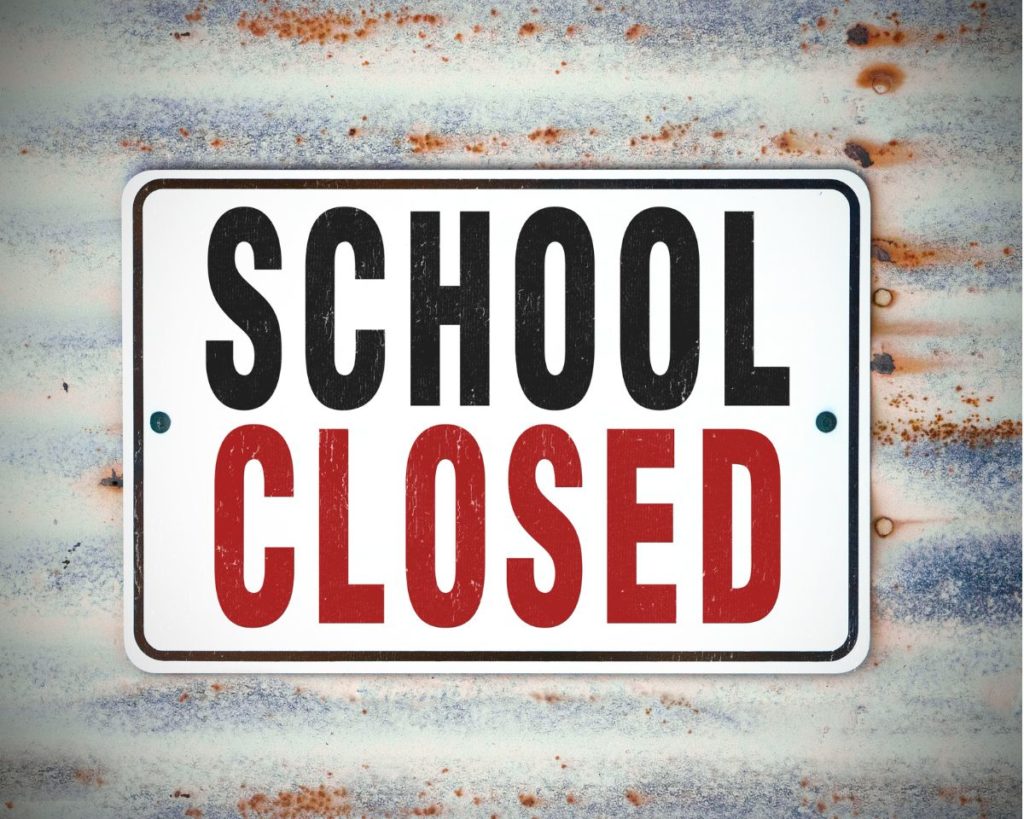Editor’s note: This post originally appeared on the website of the African Leadership Group, one of Boardhawk’s community partner organizations.
Over the past few weeks, you might have read about ‘pandemic pods,’ and wondered what they are, and what they could mean for you and your children.
We will offer a brief description here, and present African Leadership Group’s position on this phenomenon, as well as some suggestions for how school districts where many of our members send their children can take advantage of pods instead of reacting against them.
In a nutshell, pandemic pods are small learning communities being created by affluent families to ensure that their children do not fall behind in their education during this time of remote learning. Families hire tutors, sometimes even certified teachers, to work intensively with a small number of children.
These families, like many ALG members, were dissatisfied with the quality of instruction their children received last spring, after schools closed and transitioned to remote learning. When it became apparent over the summer that many schools would not resume in-person learning to start the new school years, families with resources decided to take matters into their own hands. They organized the pods, hired instructors and are ready to go.
Pandemic pods raise complex issues, and there are valid arguments in support and opposition. Supportive arguments include:
- All parents want what is best for their children, and some families have concluded pandemic pods fit that bill.
- Parents have a right to choose an educational model that works best for their children. No one should even attempt to deprive parents of educational choice.
Arguments opposing pandemic pods include:
- Pandemic pods are a clear example of affluent, mostly white, parents exercising their privilege in ways that could hurt children from lower-income families by widening already huge achievement gaps.
- If educational equity is one of the values driving public education, then pandemic pods undermine that value and should not be allowed.
School districts have responded to pandemic pods in a variety of ways. Adams 12, north of Denver, decided to form its own version of pandemic pods, run by the district, to help families that might not be able to afford their own pods.
Aurora Public Schools, while not yet forming pods, is trying to find ways to personalize online instruction and make high-quality remote learning available to all students.
Denver Public Schools’ Board of Education reacted defensively to news of pandemic pods. In a letter to the community posted on the school board website last week, all seven board members urged parents not to send their children to pandemic pods, in the name of educational equity.
Districts should consider using libraries and other public spaces, including outdoors while weather permits, for district-run pods.
ALG believes that the Adams 12 approach is the wisest and most equitable. While the DPS board raises valid concerns about equity issues, guilt-tripping parents is counterproductive and, frankly, unwise. Parents will always do what they perceive to be in the best interests of their children and really, would we want it any other way?
Because the equity issues are very real, school districts must use public funds to level the playing field. If this means dismantling their unwieldy online learning programs and creating small learning communities, so be it. Of course this will create a tremendous amount of retooling for districts. But desperate times call for desperate measures.
Rather than chiding parents who choose pandemic pods, make high quality pods, overseen by proven educators, available to all children. It is easier to manage health concerns in smaller groups. Districts should consider using libraries and other public spaces, including outdoors while weather permits, for district-run pods.
In some cases, it might be necessary for districts to provide funding directly to families so they can create their own pods. This likely would not come in the form of direct cash payments, but rather some form of managed account parents could use to pay for instructors, materials, and a place to hold classes.
The exciting thing about this is it has the potential to reshape public education into the future, in ways that better serve the children who have not benefited from the current system.




